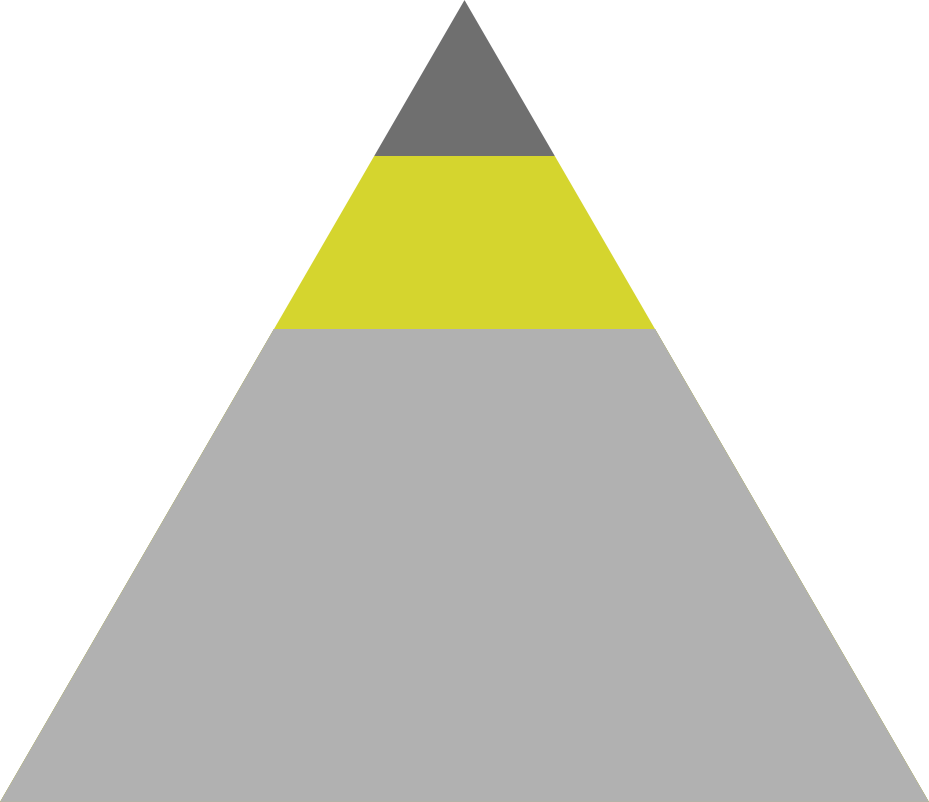When schools have a solid foundation of Tier 1 SW-PBS systems, data, and practices for all students, planning may begin for Tier 2 systems, data, and practices. Tier 2 provides targeted small group interventions for up to 15% of students who are at-risk for negative social, emotional, and/or behavioral health outcomes.
The purpose and key features of Tier 2 include the use of data to identify students who are at risk for difficulties. Interventions should prevent the development of problems and also decrease the frequency or intensity of problem behaviors, thereby minimizing their impact. Standardized interventions that support student needs are continuously available, and data is used to monitor progress and make decisions.

There are many different types of Tier 2 interventions. Some that have been successful across age and grade levels include Check-In, Check-Out, Social Skills Intervention Groups, Check and Connect, and Self-Monitoring. These interventions provide a means for students to actively practice the skills that are being re-taught and reinforced through the intervention.
